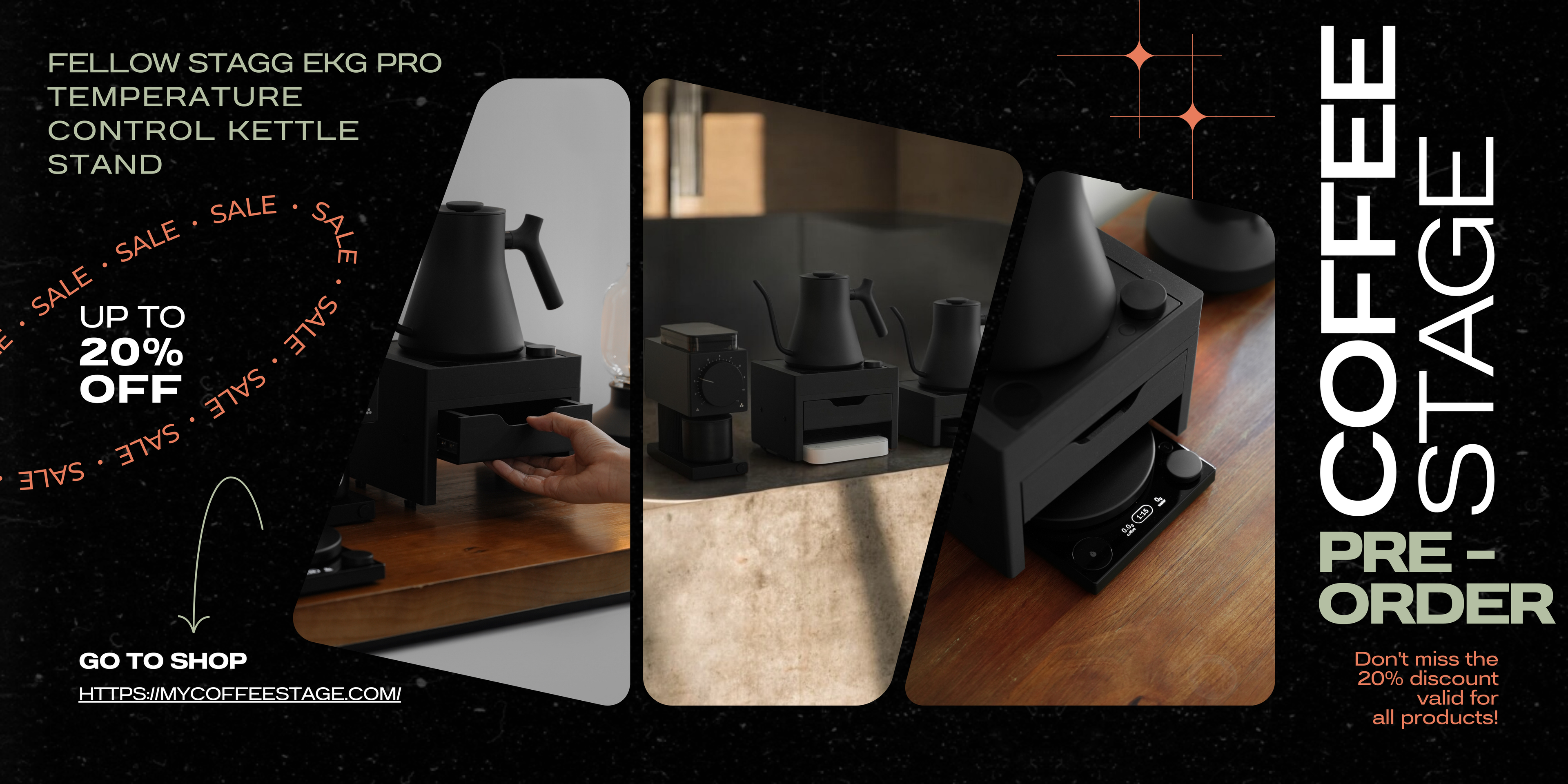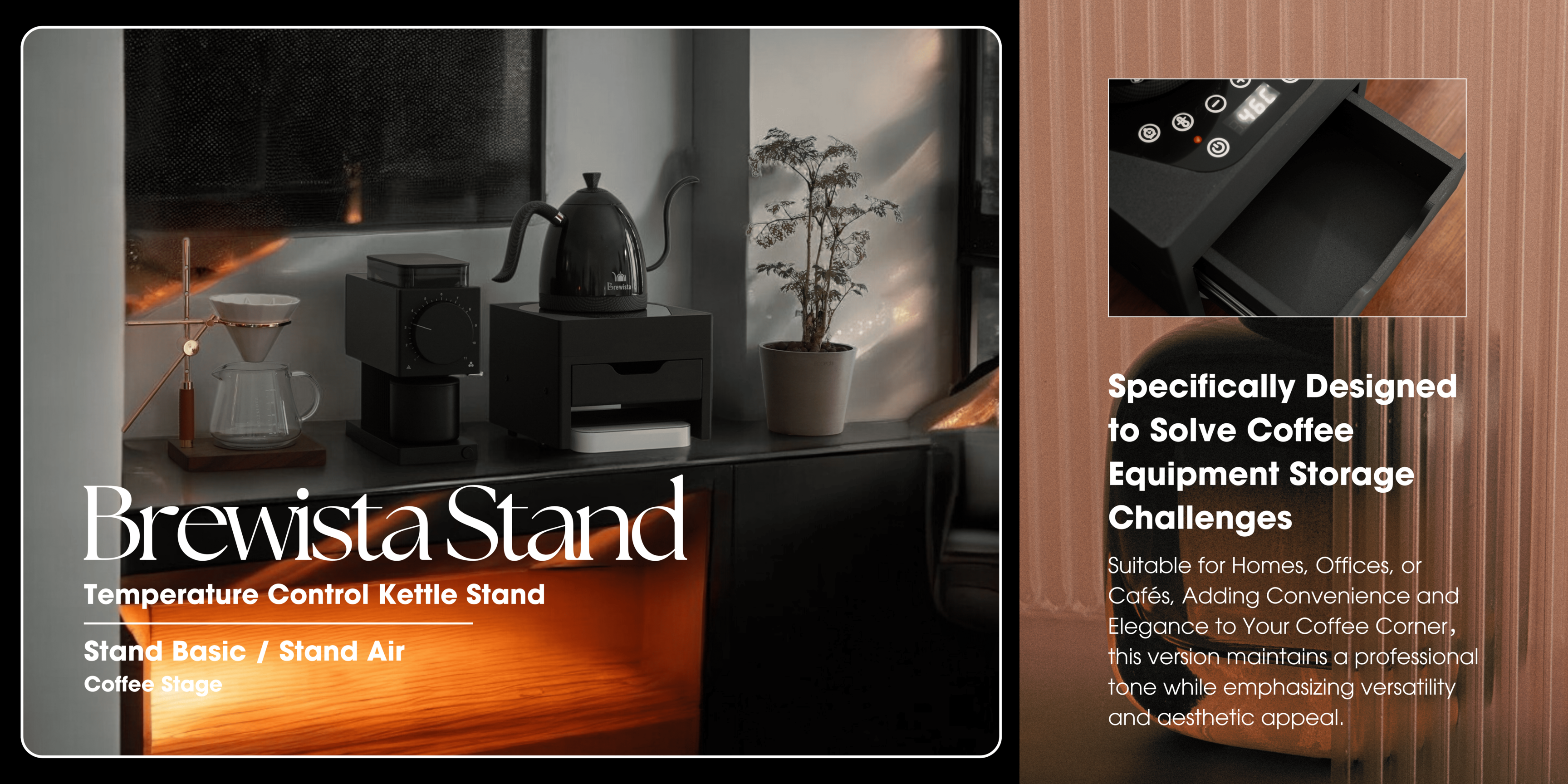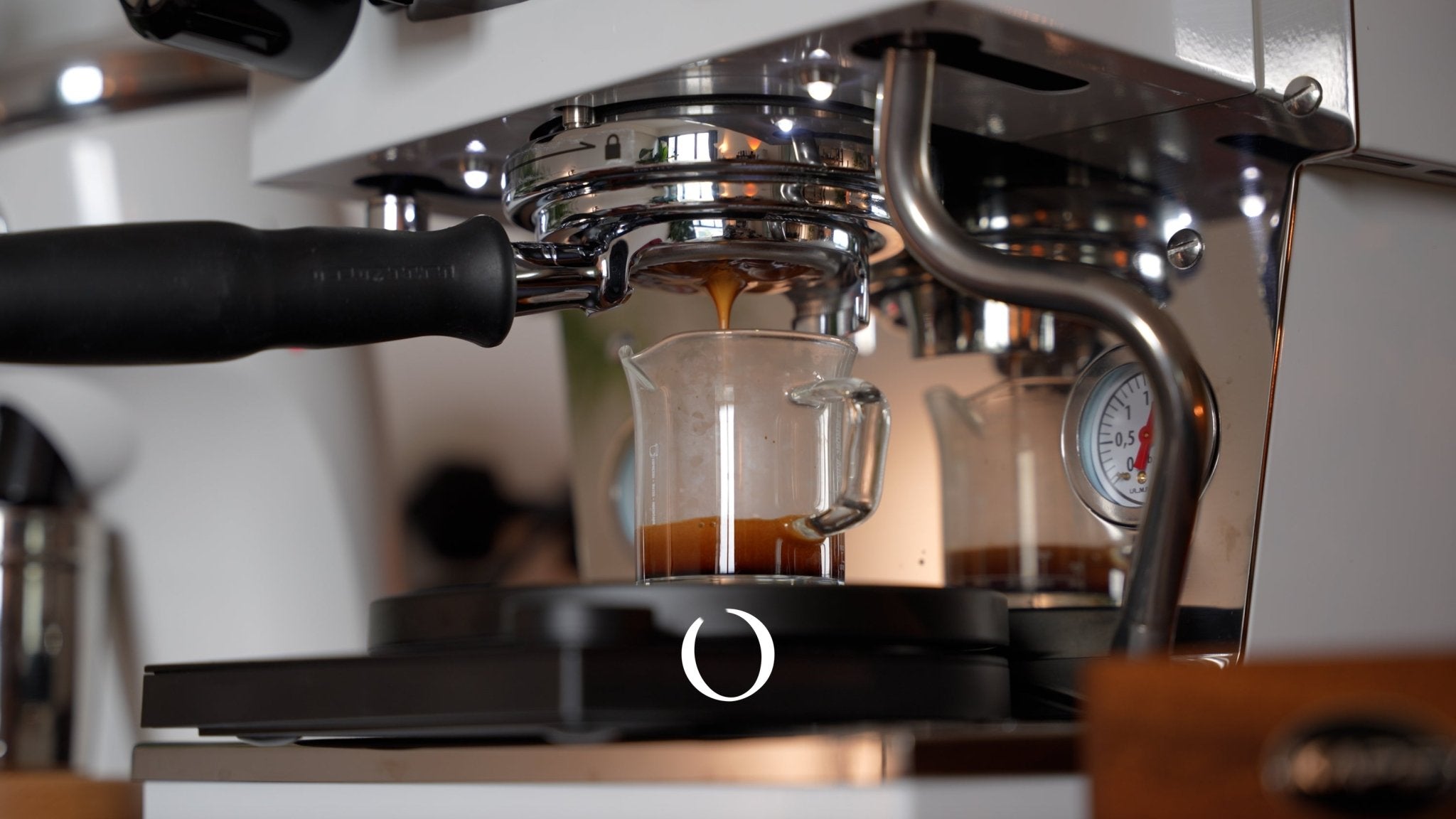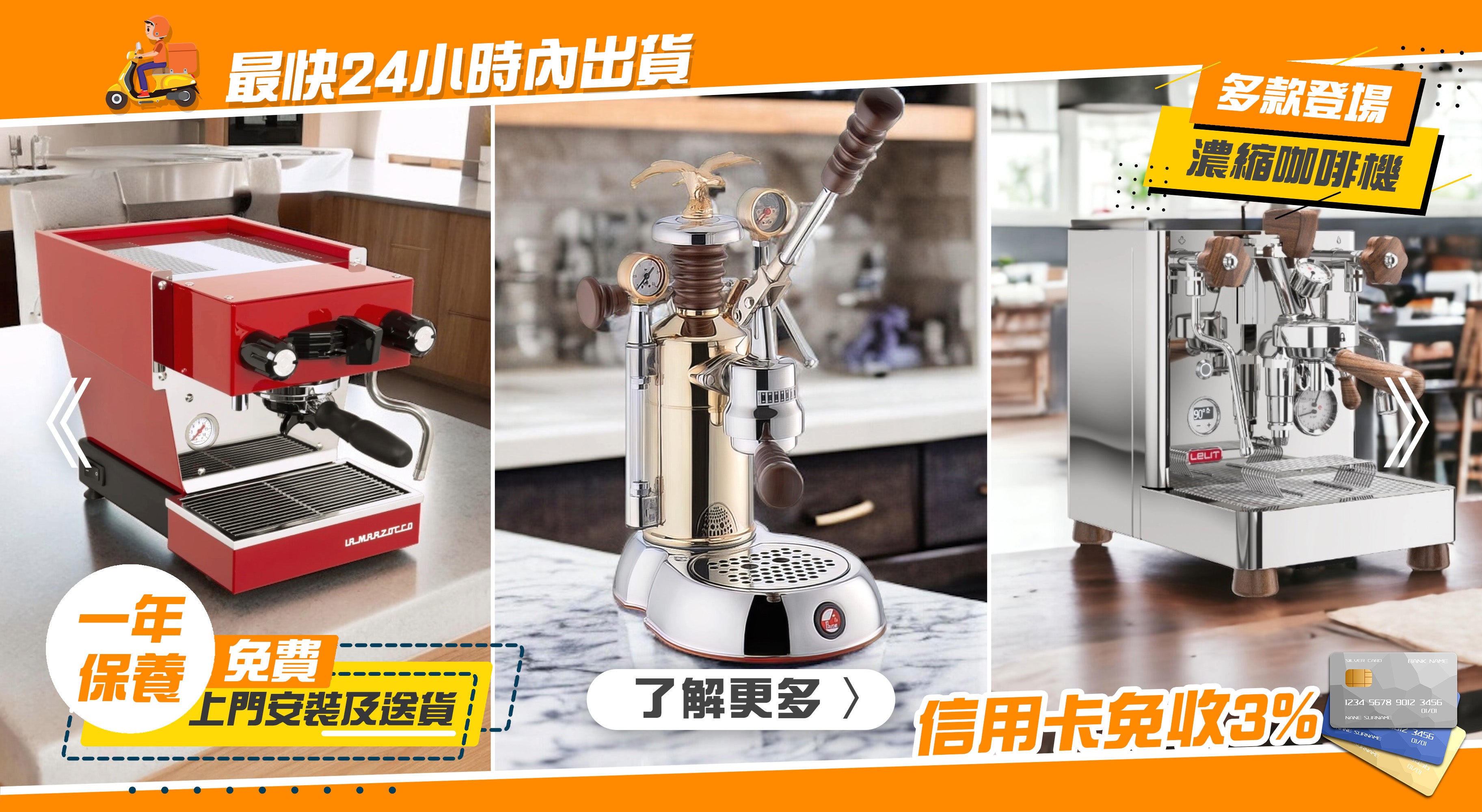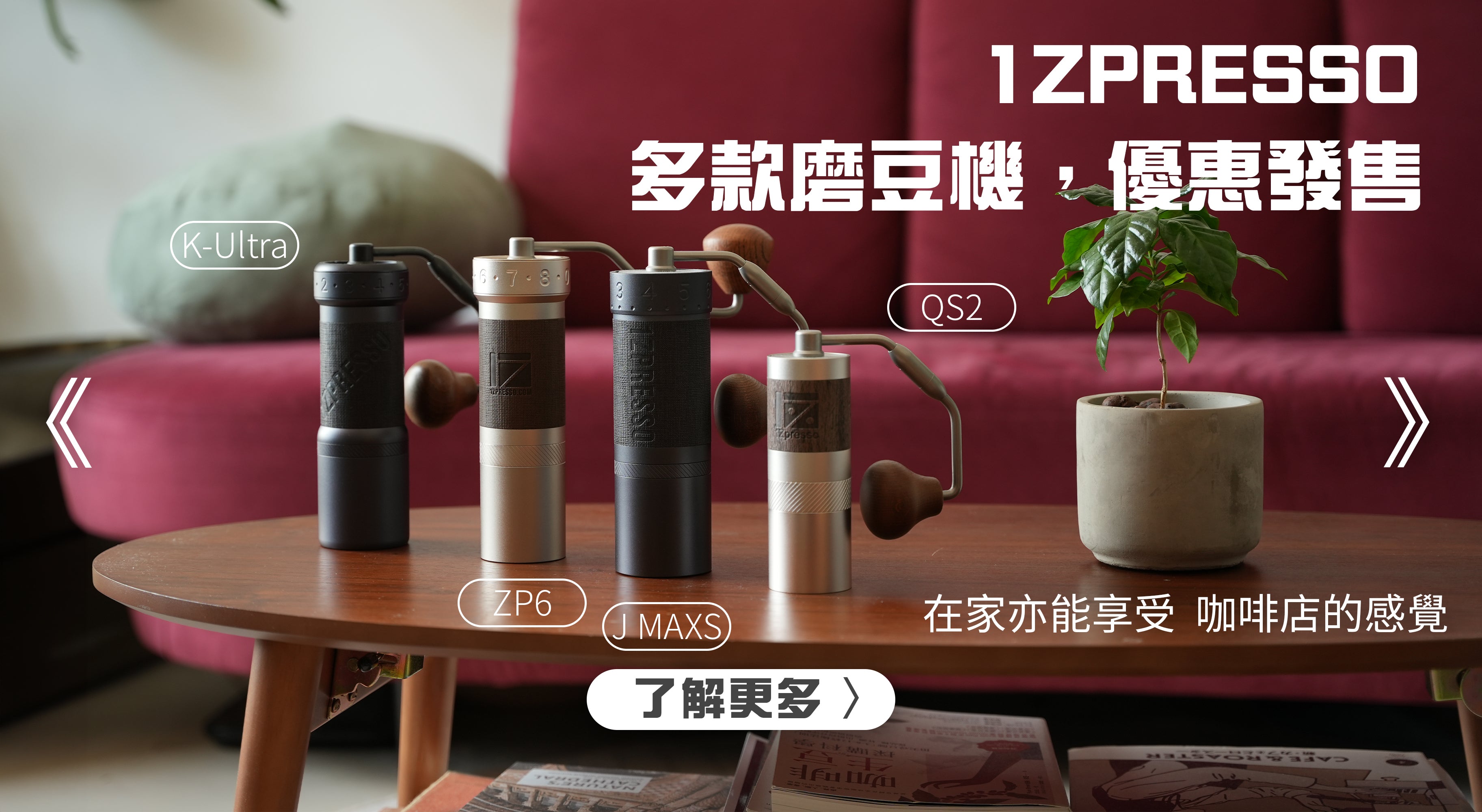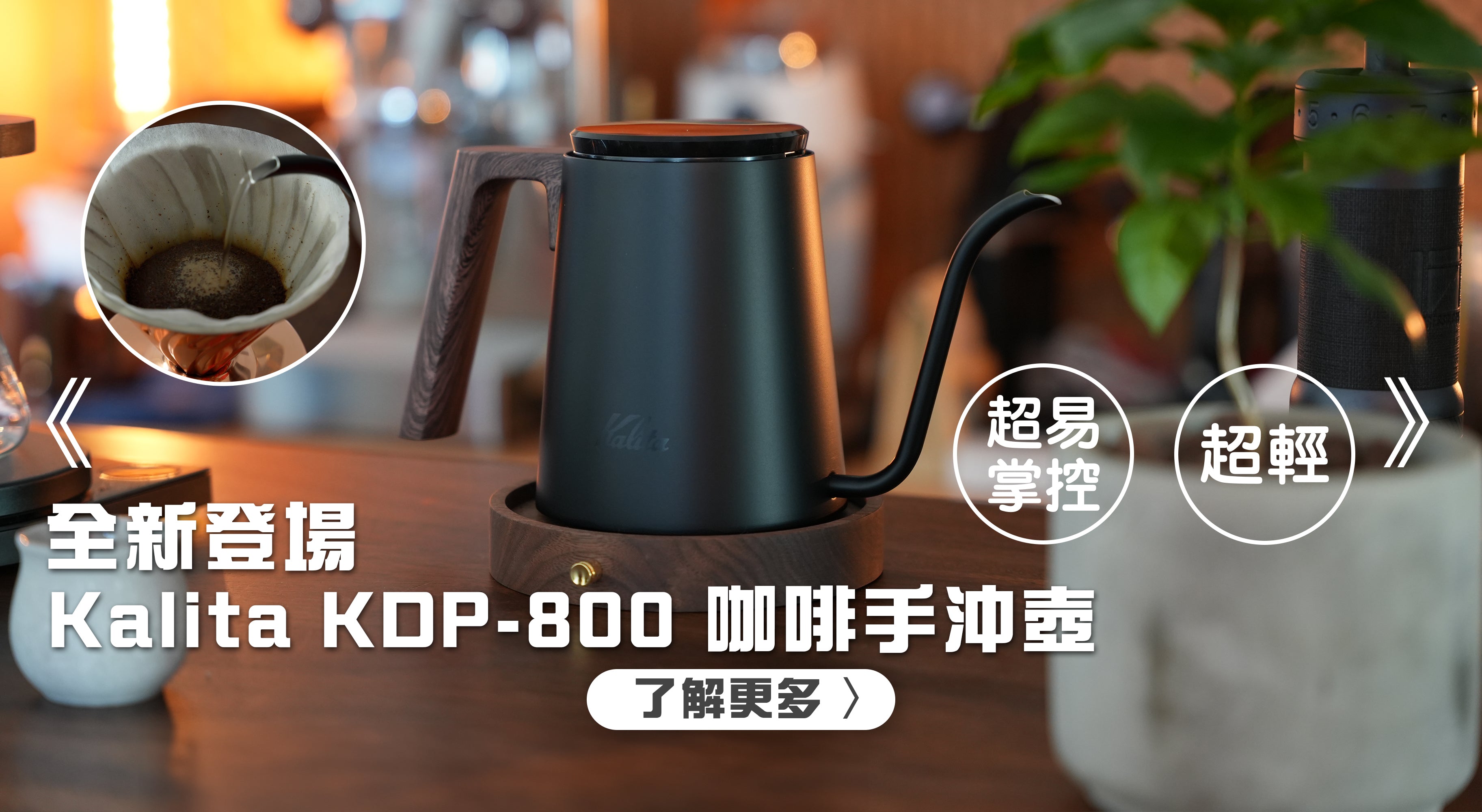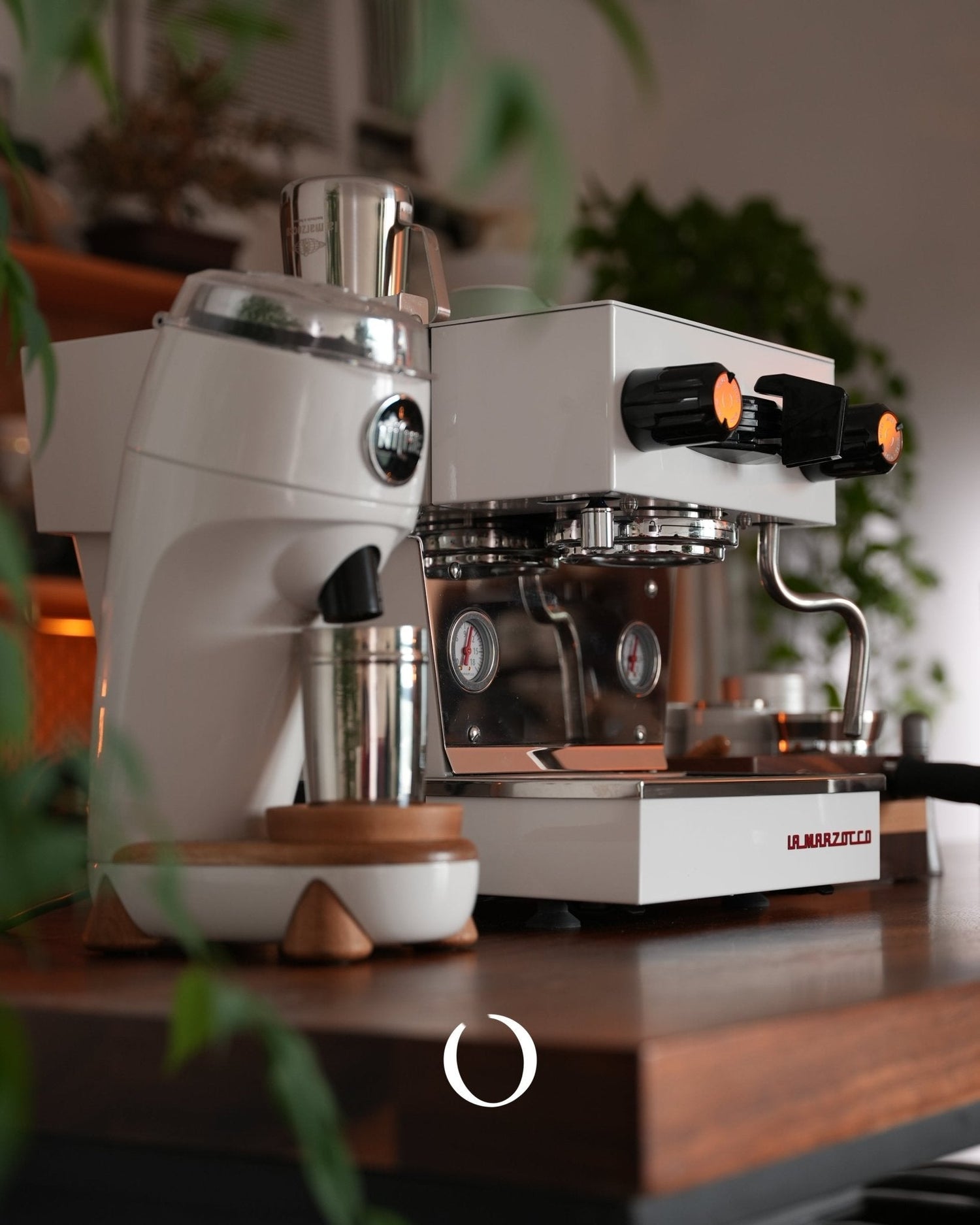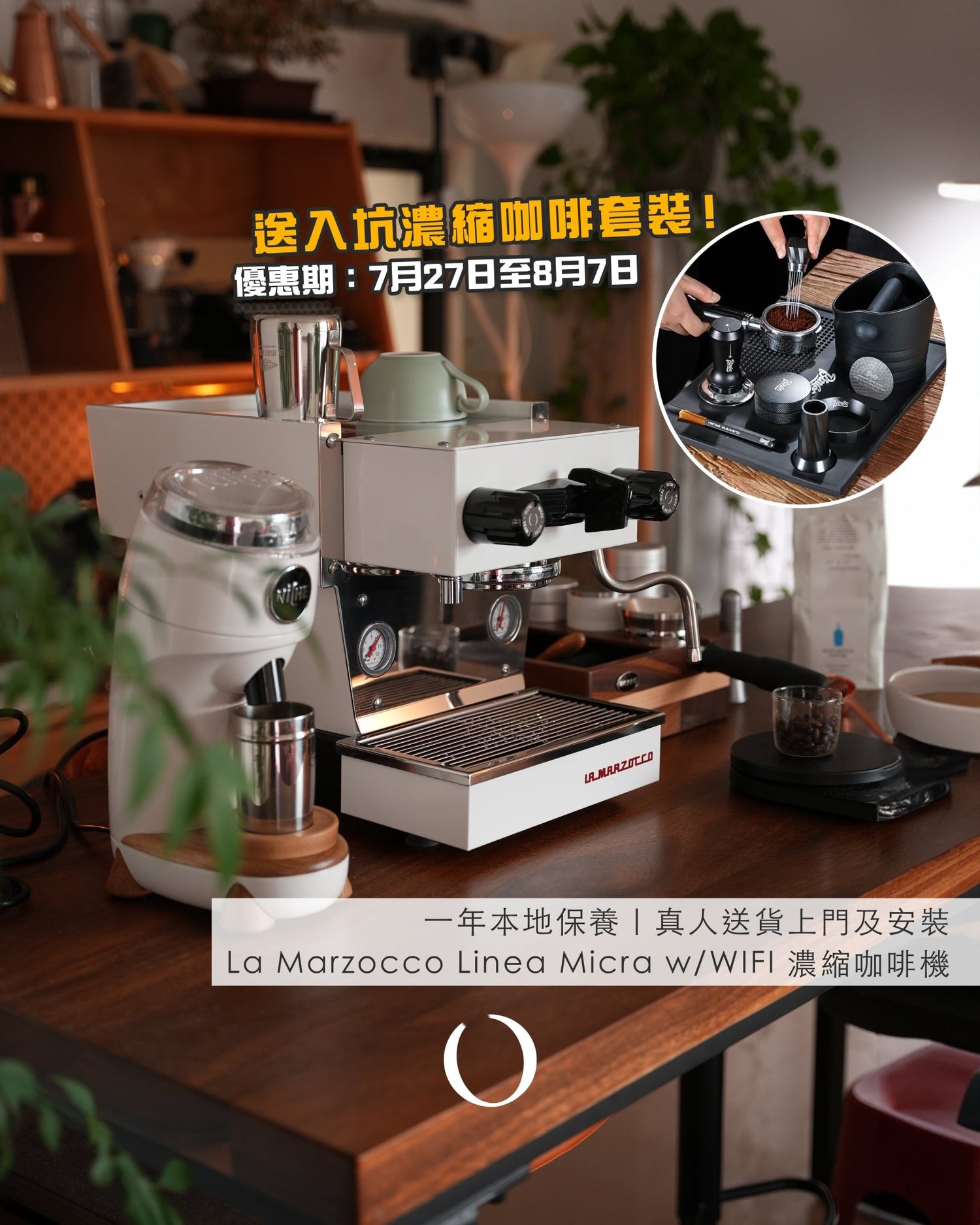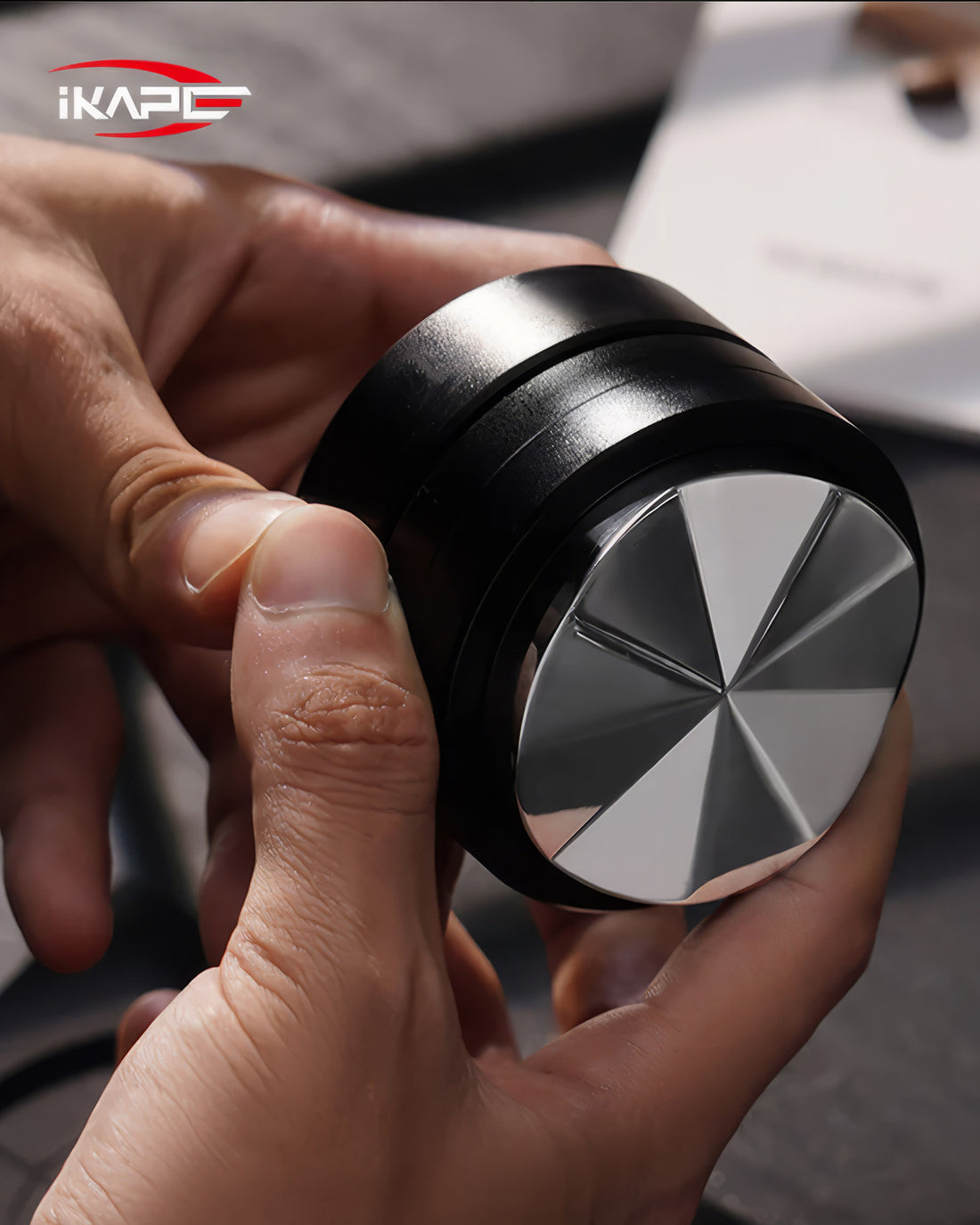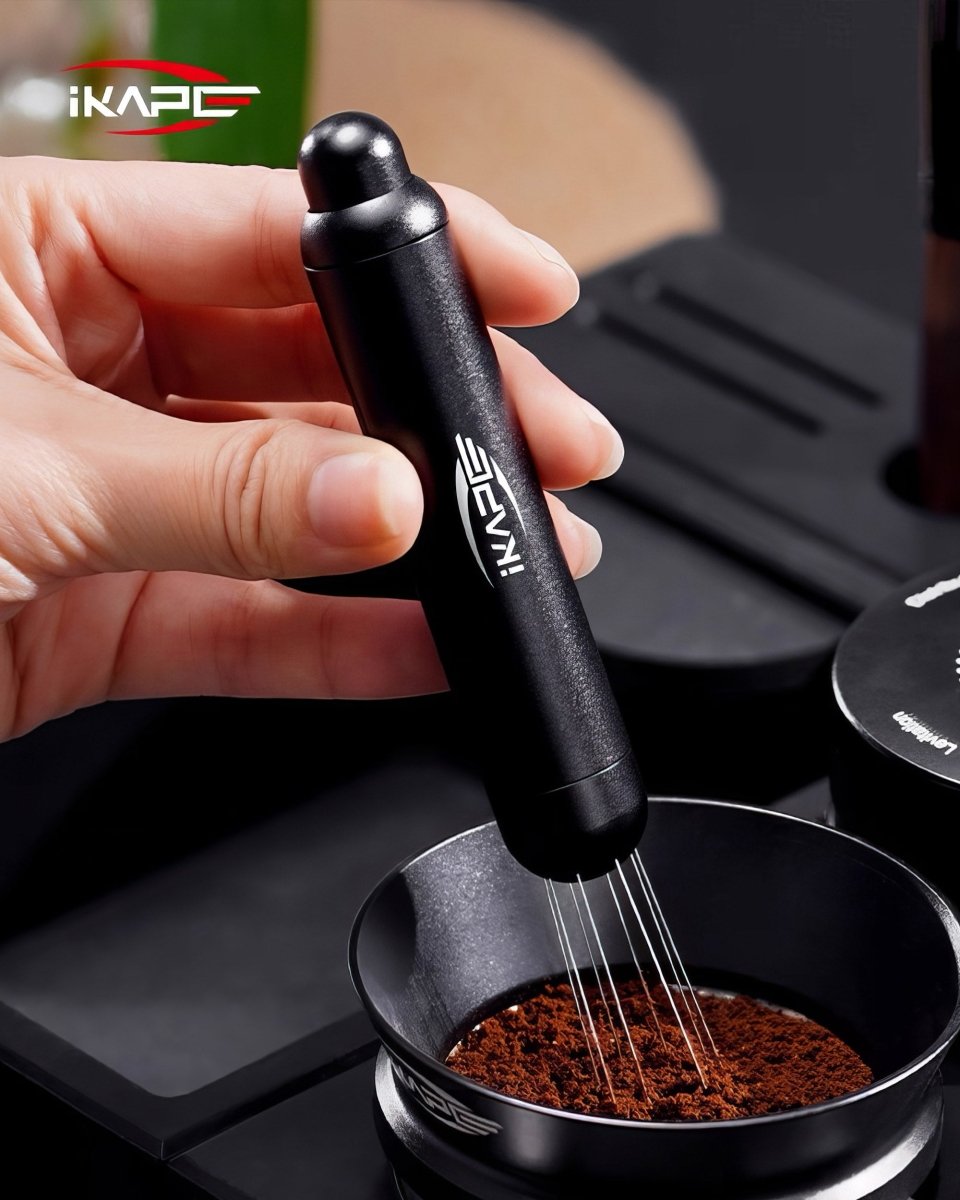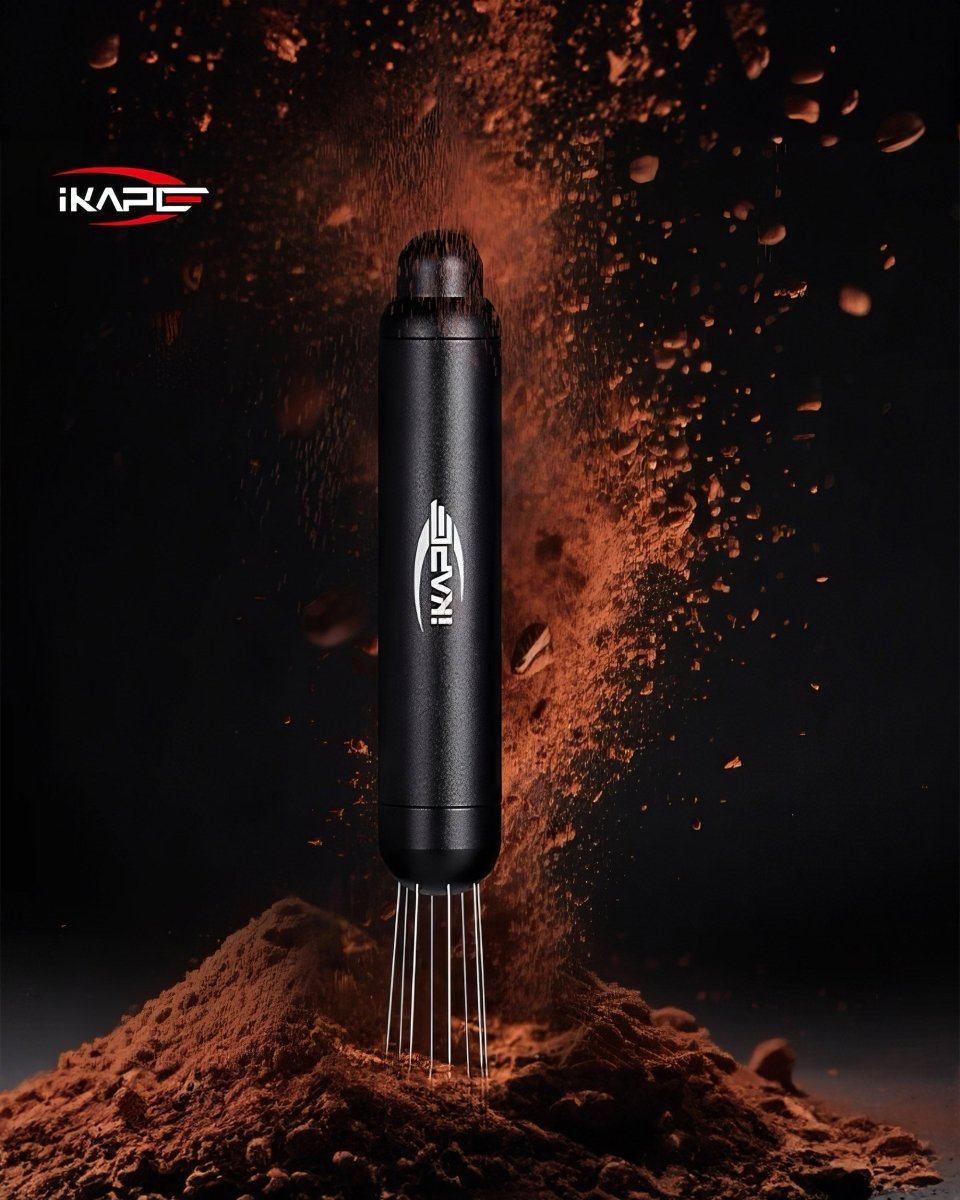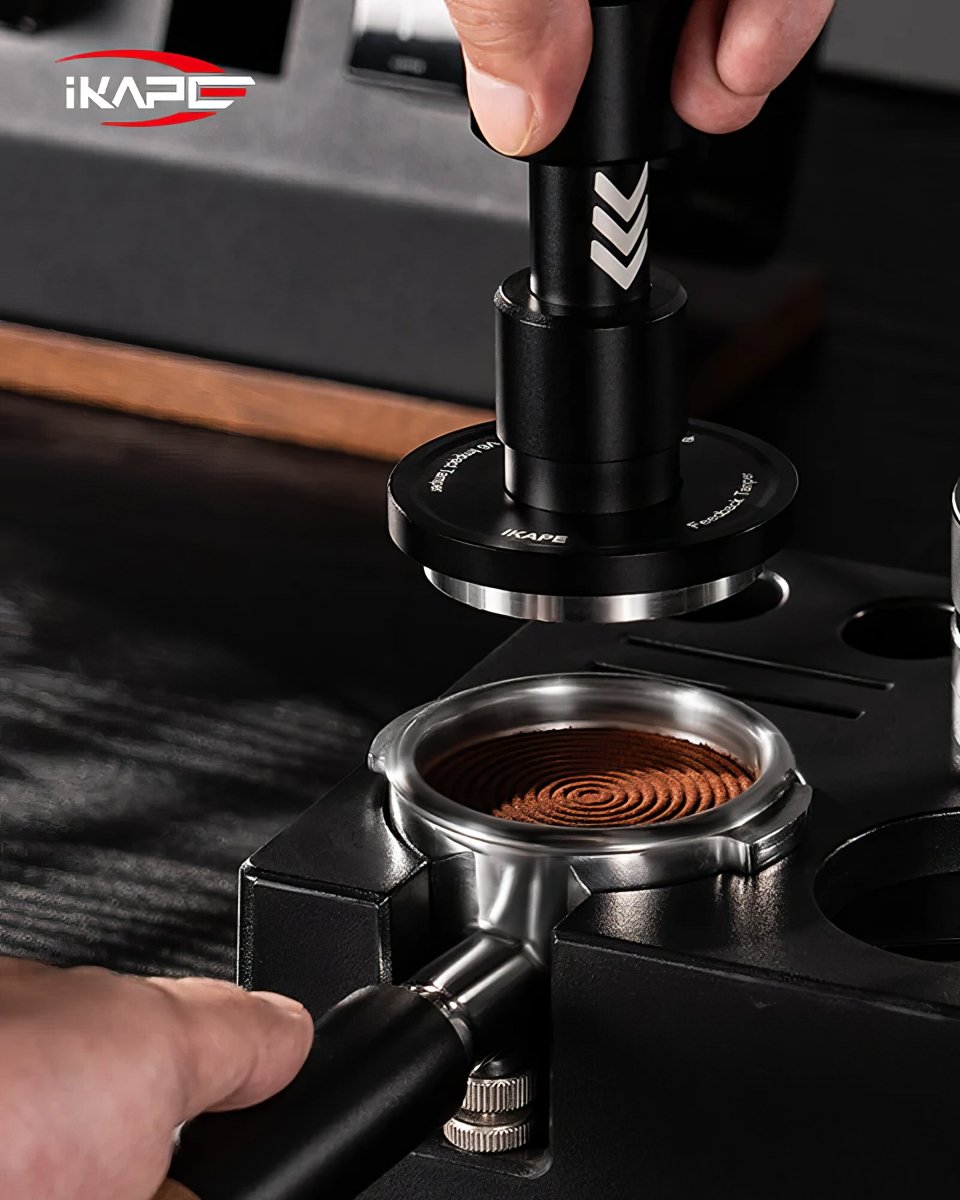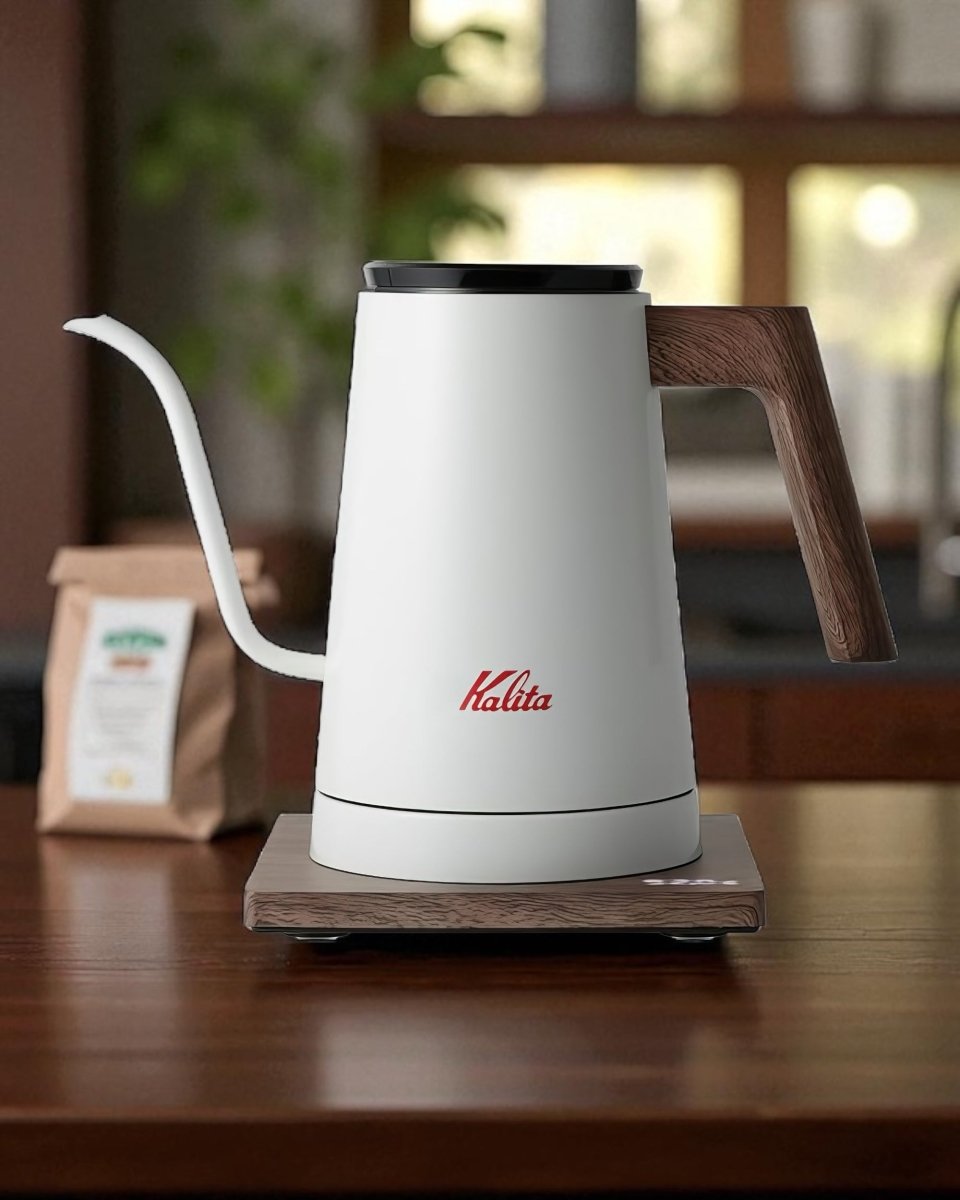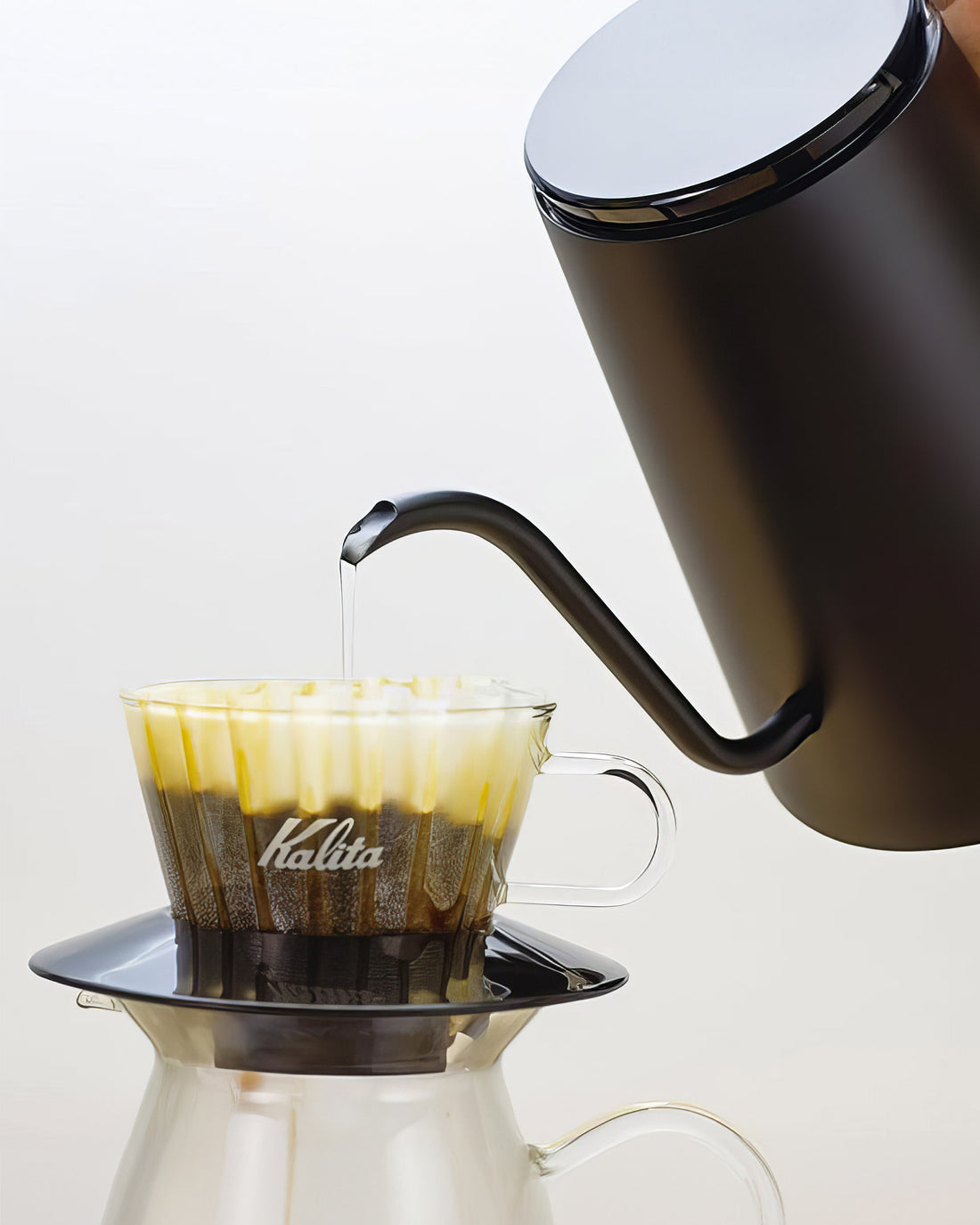Why does the same coffee taste different on different days?
Have you ever been puzzled by this: ordering the same cup of coffee from the same coffee shop, but finding that it tastes vastly different on different days? Especially with lattes, one day it's delicious, the next it seems to have lost its soul. Is it our taste buds that have changed, or did the barista do something wrong?
Sometimes I wonder, is it my problem, or did the coffee shop give me a different cup of coffee? Until I started exploring espresso, I finally understood the mystery behind it.

What is Espresso?
Espresso is made by extracting ground coffee beans with high-pressure water flow. Espresso machines provide high pressure, pressing out the components from the coffee grounds, forming a rich espresso. This is the foundation for many classic coffee drinks like lattes and cappuccinos.
The process of making espresso requires the use of an espresso machine and a portafilter, which contains what we call a "basket" where the ground coffee is placed. After basic tamping operations, the portafilter is installed on the coffee machine, and the espresso is extracted using high-pressure water flow. Afterward, add steamed milk to the espresso to make familiar drinks like lattes and cappuccinos.
What kind of coffee do you like to order when you go to the coffee shop? Feel free to share in the comments below. As for how I make a good cup of espresso, I'll be exploring that with everyone next. I hope these tips can help you too.

How to improve the flavor of Espresso?
To make a good cup of espresso, besides fresh and quality coffee beans, a distribution tool can greatly reduce the error rate in the entire extraction process. Every barista or coffee enthusiast's daily state is different, and the pressure of tamping may also vary, which directly affects the extraction effect. Therefore, reasonably using a distribution tool can help us stabilize the density of coffee grounds, ensuring uniformity in every extraction.

The role of a distribution needle
The first recommended tool is the distribution needle. It can break up clumps in the ground coffee, ensuring more even extraction. During grinding, static electricity often causes coffee grounds to clump, affecting the uniform distribution of water flow. Using a distribution needle to gently stir the coffee grounds can solve this problem, achieving more stable extraction results.
When using it, just lightly swirl the needle a few times over the coffee grounds in the basket, ensuring even distribution without obvious clumps. There are many expensive options on the market, like the Weber Moonraker, but I believe a simple distribution needle is sufficient.

The assistance of a distribution tool
After using the distribution needle, the next step is the distribution tool. It lightly compresses the coffee grounds without fully tamping them, using its internal angle to level the top layer of coffee grounds. This step evenly increases the density of the grounds, making the subsequent tamping process more precise, thereby improving the overall extraction effect.
In recent years, some distribution tools have incorporated metal weights controlled by air pressure. When you pick it up, the internal air pressure temporarily holds the metal distribution tool, then slowly descends, allowing more even distribution of the coffee grounds.

The importance of a tamper
The main function of a tamper is to apply even pressure on the coffee ground layer, further increasing the density of the coffee grounds, ensuring effective extraction of components from the coffee by the high-pressure water flow. There are also tampers with spring assistance on the market, which can ensure consistent tamping force each time, making them very practical for home users or coffee beginners.
Traditional tampers don't have spring assistance and rely entirely on the barista's feel and experience, which can lead to variability in the quality of the espresso produced. To avoid this, there are now many tampers with springs, which can stabilize tamping force and reduce production difficulty, making them particularly friendly for beginners.

How to stabilize each espresso production?
In addition to the aforementioned coffee distribution tools, many coffee enthusiasts also use water distribution networks to stabilize the pressurized water flow of espresso machines, ensuring consistent extraction each time. Whether it's a Lelit coffee machine or a La Marzocco coffee machine, these small tools can help you achieve more consistent espresso quality. Although this may have limited effects on improving flavor, it greatly aids in the cleaning and maintenance of the coffee machine's lifespan.
Overall, stable and even coffee distribution and tamping are key to making a good-tasting espresso. If you have high demands on coffee quality, investing in some basic distribution tools is worthwhile. After all, these small tools can effectively reduce the error rate of extraction, allowing each cup of coffee to reach the ideal standard.
What tools can make coffee taste better?
If you want to make stable espresso at home, the following tools are highly recommended:
-
Distribution Needle: Used to break up clumps of coffee grounds, ensuring more even extraction.
-
Distribution Tool: Lightly compresses coffee grounds, ensuring an even and level coffee bed.
-
Tamper: Applies stable pressure to the coffee bed, aiding in even extraction under high-pressure water flow.
-
Water Distribution Network: Stabilizes water flow pressure, enhancing the cleanliness and lifespan of the coffee machine.
Conclusion
The above are some small tools and techniques for improving espresso making, hoping to help you feel more at ease during the process of making espresso. Whether you are using a Lelit coffee machine or a La Marzocco coffee machine, these tools can help you stabilize extraction and achieve the ideal flavor. If you find this content helpful, don't forget to share it with your coffee-loving friends, and feel free to leave a comment to tell us about your coffee brewing experience. See you next time!
Related: Check out more espresso machines: Top Coffee Machines | Manual, Home, Italian, Commercial Coffee Machines | Coffee Stage (mycoffeestage.com)
Related: Check out more espresso distribution tools: Professional Espresso Accessories - Coffee Stage (mycoffeestage.com)



